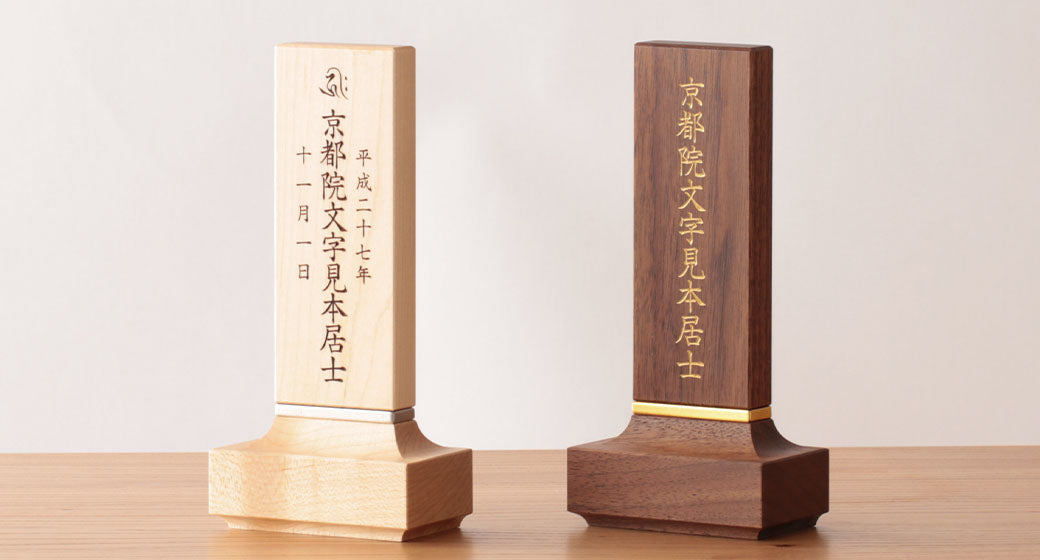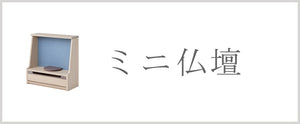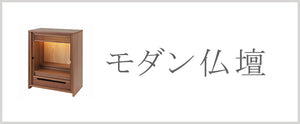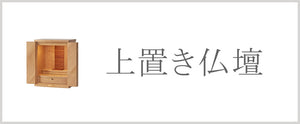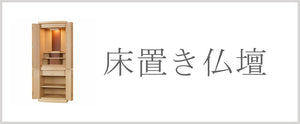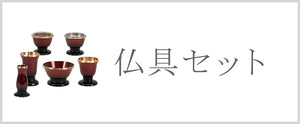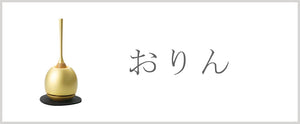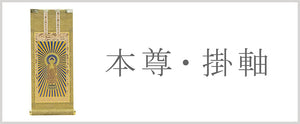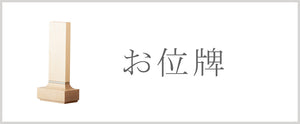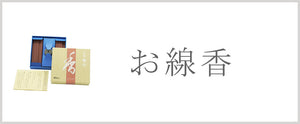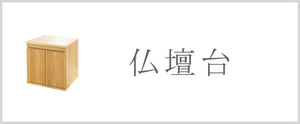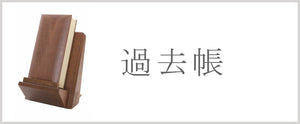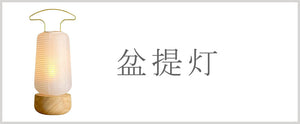Last updated:
Release date:
Sanskrit characters refer to the small symbols that are often written on the plain wooden memorial tablets given to people by temples.
An ihai is a custom-made item for the deceased. First, you choose your favorite design and size from a wide variety of options. Then, you check each item, such as the posthumous Buddhist name, the name the person had when they were alive, and the age at death. Among these, the one thing that is difficult to decide whether or not to include Sanskrit characters is the one.
This time, we will explain what Sanskrit characters are and whether or not you need to include them on your memorial tablet.
First of all, what are Sanskrit letters?
The story of Sanskrit is a little complicated.
Sanskrit refers to the Brahmi script, which was used to write Sanskrit (called Sanskrit in the Chinese character culture) used in ancient India.
Sanskrit is still widely used in religious and philosophical circles today.
During the Nara period, Sanskrit characters were introduced to Japan via China and became linked to Buddhism, which was also introduced at the same time.
Later, during the Heian period, study of the sutras brought back by Kukai and Saicho progressed, and the word "Sanskrit" gradually came to have a meaning unique to Japan.
As a result of this process, the term Sanskrit, which originally referred to the Brahmi script, came to refer to the Siddham script, which is a derivative of the Brahmi script.
Brahmi script means the writing system created by Brahma, the Hindu god who is the majority religion in India.
As a result of this influence, the Sanskrit characters used on memorial tablets are also considered sacred characters that represent Buddha in a single character.
*For convenience, in this article we will introduce "Myoho," "Dharma name," and "Kū," which are not originally called Sanskrit characters, as Sanskrit characters.
Is it necessary to include Sanskrit characters on the memorial tablet?
When making an ihai, is it necessary to include Sanskrit characters? Actually, there is no uniform rule.
Here are four ways to help you decide:
- ① If there are memorial tablets for other ancestors in the Buddhist altar, refer to them.
- ② Refer to the plain wooden memorial tablet provided by the temple.
- 3) There is a tendency to include "Jodo sect" and "Shingon sect."
- ④If you have a family temple, consult with them.
First, check from ①. If there are no memorial tablets for other ancestors, refer to ② and onwards.
Whether or not to include Sanskrit characters on the memorial tablet varies depending on the temple. If you have a family temple, it is best to check with them in advance.
Incidentally, characters such as "Shinkigen" (new return to origin) or "Shinenjaku" (new enjaku) are sometimes written above the posthumous Buddhist name on plain wooden memorial tablets. These characters signify a new Buddhahood and are not called Sanskrit characters. Please note that there is no need to include these characters in newly made memorial tablets.
About the Sanskrit characters of each sect
![Tendai sect [pronounced: A]](https://cdn.shopify.com/s/files/1/0849/2672/6444/files/bonji_aa.jpg?v=1709445141)
Tendai sect [Reading: A]
It represents Dainichi Nyorai, the central Buddha in Esoteric Buddhism. However, because Tendai Buddhism encompasses various teachings of Buddhism, it sometimes includes the Sanskrit character "Kiriku," which represents Amida Nyorai, who is often enshrined as the principal image in Buddhist altars.
![Shingon sect [Reading: A]](https://cdn.shopify.com/s/files/1/0849/2672/6444/files/bonji_aa.jpg?v=1709445141)
Shingon sect [Reading: A]
It represents Dainichi Nyorai, the principal deity of Shingon Buddhism, who is considered to be the universe itself in esoteric Buddhism.
![Jodo sect [pronounced: Kiriku]](https://cdn.shopify.com/s/files/1/0849/2672/6444/files/bonji_bb.jpg?v=1709445143)
Jodo sect [pronounced: Kiriku]
It represents Amida Buddha, the founder of the Western Pure Land and the principal deity of the Jodo sect.
![Zen Buddhism (Soto and Rinzai sects) [pronounced: kuu]](https://cdn.shopify.com/s/files/1/0849/2672/6444/files/bonji_ku.jpg?v=1709445142)
Zen Buddhism (Soto and Rinzai sects) [Reading: Kuu]
It means that one has attained enlightenment. "Emptiness" is also one of the most important teachings in Buddhist thought.
![Nichiren sect [pronounced: myohō]](https://cdn.shopify.com/s/files/1/0849/2672/6444/files/bonji_myouhou.jpg?v=1709445141)
Nichiren sect [Reading: Myohō]
The principal image of Nichiren Buddhism is a mandala. Therefore, Sanskrit characters are not used. The two characters "Myoho" taken from the official name of the Lotus Sutra, "Myoho Renge Kyo," are used.

Jodo Shinshu (pronounced "Homyo")
Unlike other sects, Jodo Shinshu does not require the initiation of precepts, so posthumous names are called "homyo." Generally, Buddhist memorial tablets are not used, and posthumous names are often written on posthumous name scrolls or death registers, so Sanskrit characters are not used. When making a memorial tablet in Jodo Shinshu, it is best to consider the balance between the characters and the size of the tablet before deciding whether or not to include them.
![Children's memorial tablet [Reading: Ka]](https://cdn.shopify.com/s/files/1/0849/2672/6444/files/bonji_kodomo_ka.jpg?v=1709445141)
Children's memorial tablet [Reading: Ka]
For children, the Sanskrit character "Ka" representing Jizo Bodhisattva may be used. Jizo Bodhisattva is said to save children.
Sanskrit characters are used in places other than memorial tablets
In addition to memorial tablets, Sanskrit characters are also used on accessories and small items.
For example, there are deities called guardian deities of the twelve zodiac signs .
There are Sanskrit characters representing the Buddhas who are said to protect each zodiac sign, so you might want to keep one of these as your own personal amulet.
Summary The Sanskrit characters on the memorial tablet indicate the sect of the deceased.
Currently, the Sanskrit characters placed on memorial tablets serve as symbols representing the sect's principal image and important teachings.
There are no rules as to whether or not to include it, but Jodo and Shingon sects tend to be included.
It is also a good idea to refer to the plain wooden memorial tablets and memorial tablets of other ancestors. If you are unsure whether to include it or not, it is a good idea to consult with the temple you are attending.
Click here for the memorial tablet product page>
